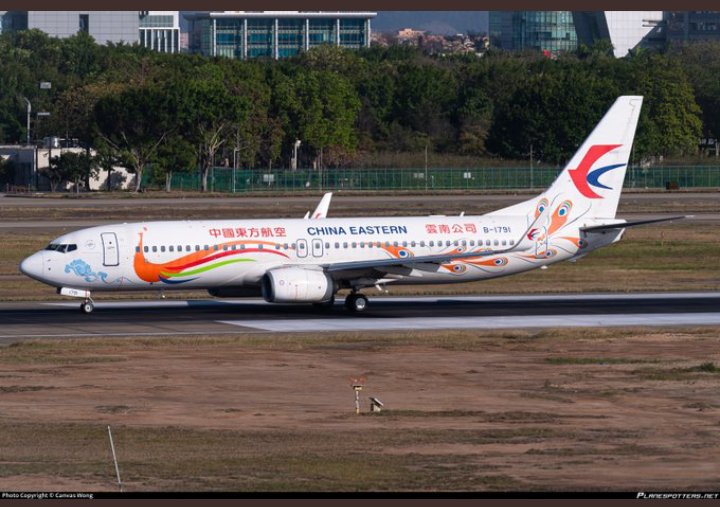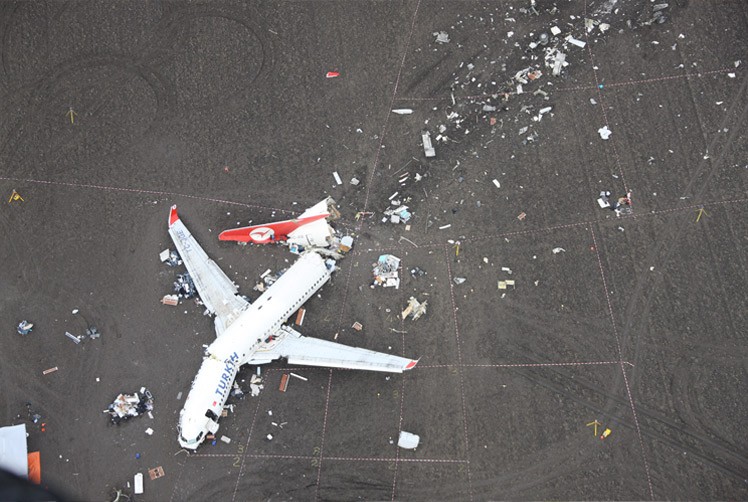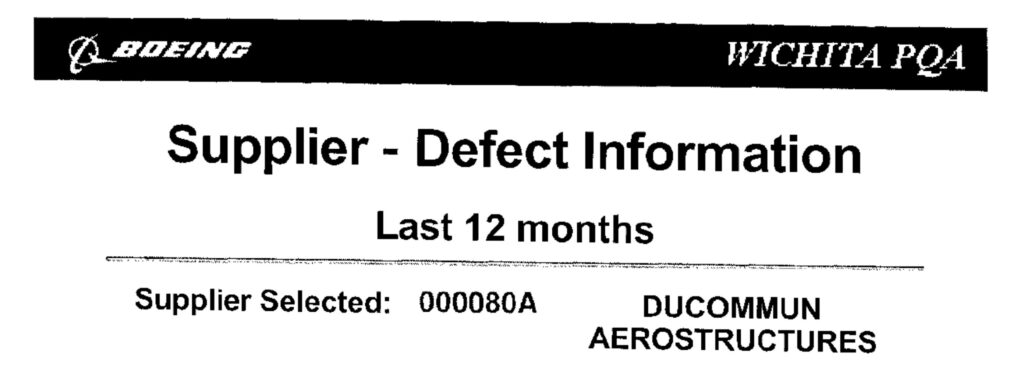
News bulletins today related to the crash of China Eastern Flight 5735 include the disclaimer that the Boeing 737 that plunged to earth killing 132 people, is not the notorious 737 MAX. Most news consumers, indeed most air travelers, know at least a glimmer of the story of the MAX, a flawed Boeing product that produced two fatal crashes in 2018 and 2019. They know less about the 737 NG.
What remains practically a secret, is that the 737 NG was the subject of a decade-long series of court cases filed by Boeing whistleblowers who say the NGs are poorly constructed and at risk of in-flight breakups and other structural problems.

It is too early to say what triggered Monday’s crash of a seven-year-old airplane on a flight from Kunming to Guangzhou, but an in-flight breakup is certainly on the list of possibilities. Determining that should not be difficult as the wreckage will be distributed rather than confined to the crash scene. The cause of an in-flight breakup – if triggered by a bomb, missile or fuel tank explosion, would not likely remain a mystery for long either.
BREAKING: Reported footage of China's #MU5735 plane crash https://t.co/Lishlp3ejL pic.twitter.com/0UdTZdcYxe
— Insider Paper (@TheInsiderPaper) March 21, 2022
Among the other possibilities worth noting, however, is a particular problem associated with the NG, which makes up 17 percent of the passenger planes in service around the world. And that story comes from court documents in a legal case that is not pretty. Like the 737 MAX, it presents a troubling picture of the Federal Aviation Administration and its cozy relationship with Boeing.
In 2005, Boeing workers alledged that the plane manufacturer accepted defective parts which resulted in shoddy assembly practices at the Boeing plant in Witchita, Kansas where 737 NGs were put together.
Employees in Wichita were regularly receiving parts from California-based AHF Ducommun, that did not meet manufacturing specifications. With this new model of 737, the parts were to be produced with sophisticated computer machining to assure consistency and precision. What was showing up on the factory floor was neither precise nor consistent, according to the Boeing insiders and other documents admitted in the case brought against Boeing and Ducommun. The workers sued claiming the defective parts made Boeing’s newest iteration of the 737 not airworthy under FAA regulations.

Ten years later, a Federal Judge dismissed the case, not on the facts presented by the whistleblowers, but because the FAA and not judges, has the technical expertise to determine “the impact of manufacturing on public safety.”
Michael Dreikorn, who used to work for the FAA was an expert witness in the suit. He worried the quality issues could lead to in-flight breakups of the aircraft. There was also reason to believe four 737 NGs that came apart during hard landings fractured as a result of the bad parts. (Read more about that here.)

By Jatmf – Own work, CC BY-SA 4.0
“These are the same people involved in the 737 MAX,” he said of the FAA officials who failed to correct the problems reported on the NG. Ali Bahrami, who retired in June 2021 as the FAA’s associate administrator for safety, “was personally the individual who said no harm, no foul” in the NG case, Dreikorn said, “and there was a foul and there was harm.”
While the 737 MAX was returned to service elsewhere in the world months ago, when last I checked, it was grounded considerably longer in China, which decided to rely on its own determination of the airplane’s safety. No MAX aircraft are flying in China even now.
With 132 passengers dead, authorities announced the NG until more was known about what happened with Flight 5735. And it would not surprise me if China’s air safety investigators took a closer look at what the NG whistleblowers had to say. It could start, and so should you, by taking a look at this documentary produced and reported by journalist Tim Tate.

Author of The New York Times bestseller, The Crash Detectives, I am also a journalist, public speaker and broadcaster specializing in aviation and travel.









»A Federal Judge dismissed the case (…) because the FAA and not judges, has the technical expertise to determine “the impact of manufacturing on public safety.”«
Well isn’t that a shocking abdication of judicial oversight? Isn’t it a fundamental principle of the US system that judges themselves blow the whistle on government failings, of which corrupted regulation must be an example?
I could write a book about what this author doesn’t know about the 737 NG.